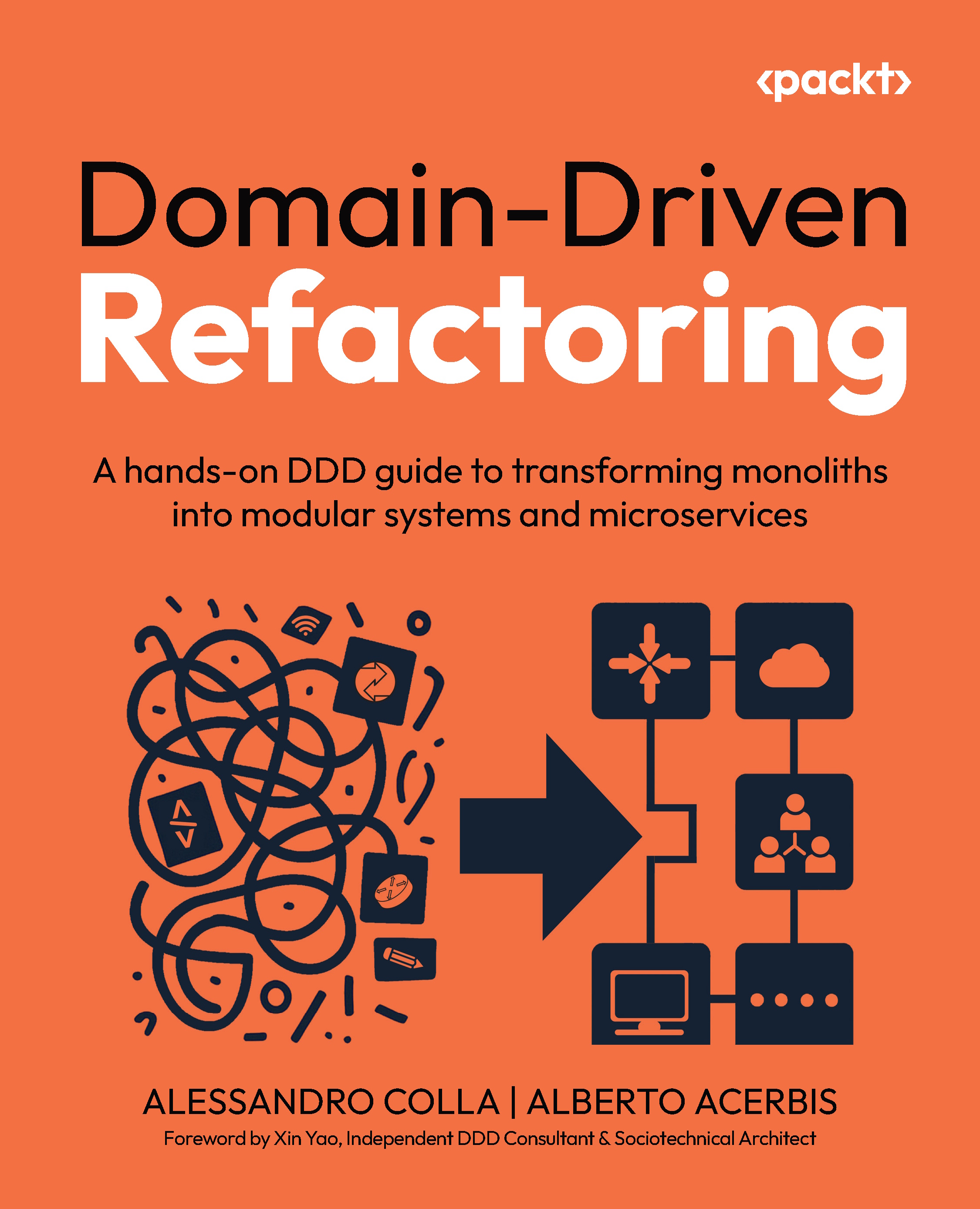"Navigating the LLM Landscape: Key Insights from Supreet Kaur's '100 Days of LLMs'"
Supreet Kaur, a LinkedIn Top Voice 2024 and Data & AI Solutions Architect, has been sharing valuable insights on Large Language Models (LLMs) in her "100 Days of LLMs" series. Here are the key takeaways for AI professionals:
Selecting the Appropriate Model
When deciding between small and large language models, Kaur emphasizes considering:
📌Computational resources
📌Use case complexity
📌Real-time processing needs
For targeted applications with cost constraints, she highlights Microsoft's Phi-3 as a notable small model option.
Leveraging Retrieval Augmented Generation (RAG)
Kaur introduces RAG as a game-changing technique that combines generative AI with real-time information retrieval. This approach is particularly valuable in industries like fintech, where up-to-date information is crucial for decision-making.
Rethinking Evaluation Metrics
Drawing from her experience in text labeling automation, Kaur advocates for looking beyond conventional metrics. She suggests incorporating feedback from subject matter experts who will be using the model in practice, providing a more holistic evaluation.
The Potential of AI Agents
Kaur describes AI agents as autonomous software entities that can perform tasks on behalf of users or other programs. These "virtual interns" represent a promising frontier for enhancing productivity and tackling complex challenges across various domains.
Effective LLM Evaluation Strategies
Kaur outlines three key approaches for evaluating LLMs:
📌Performance Metrics: Focusing on relevance, coherence, and groundedness
Unlock access to the largest independent learning library in Tech for FREE!
Get unlimited access to 7500+ expert-authored eBooks and video courses covering every tech area you can think of.
Renews at $15.99/month. Cancel anytime
📌Benchmark Testing: Comparing model versions under consistent conditions
📌User Feedback: Gathering insights on real-world performance
She also notes that platforms like Microsoft Azure offer tools to streamline this evaluation process.
In conclusion, Kaur's advice helps people use AI language models better in real-world situations. She focuses on practical tips and new ideas that can help businesses make the most of this exciting technology.
Join Supreet Kaur, LinkedIn Top Voice 2024 and AI Solutions Architect, for an insightful AMA session focused on leveraging open-source Large Language Models (LLMs) in real-world AI projects.
 United States
United States
 Great Britain
Great Britain
 India
India
 Germany
Germany
 France
France
 Canada
Canada
 Russia
Russia
 Spain
Spain
 Brazil
Brazil
 Australia
Australia
 South Africa
South Africa
 Thailand
Thailand
 Ukraine
Ukraine
 Switzerland
Switzerland
 Slovakia
Slovakia
 Luxembourg
Luxembourg
 Hungary
Hungary
 Romania
Romania
 Denmark
Denmark
 Ireland
Ireland
 Estonia
Estonia
 Belgium
Belgium
 Italy
Italy
 Finland
Finland
 Cyprus
Cyprus
 Lithuania
Lithuania
 Latvia
Latvia
 Malta
Malta
 Netherlands
Netherlands
 Portugal
Portugal
 Slovenia
Slovenia
 Sweden
Sweden
 Argentina
Argentina
 Colombia
Colombia
 Ecuador
Ecuador
 Indonesia
Indonesia
 Mexico
Mexico
 New Zealand
New Zealand
 Norway
Norway
 South Korea
South Korea
 Taiwan
Taiwan
 Turkey
Turkey
 Czechia
Czechia
 Austria
Austria
 Greece
Greece
 Isle of Man
Isle of Man
 Bulgaria
Bulgaria
 Japan
Japan
 Philippines
Philippines
 Poland
Poland
 Singapore
Singapore
 Egypt
Egypt
 Chile
Chile
 Malaysia
Malaysia
























